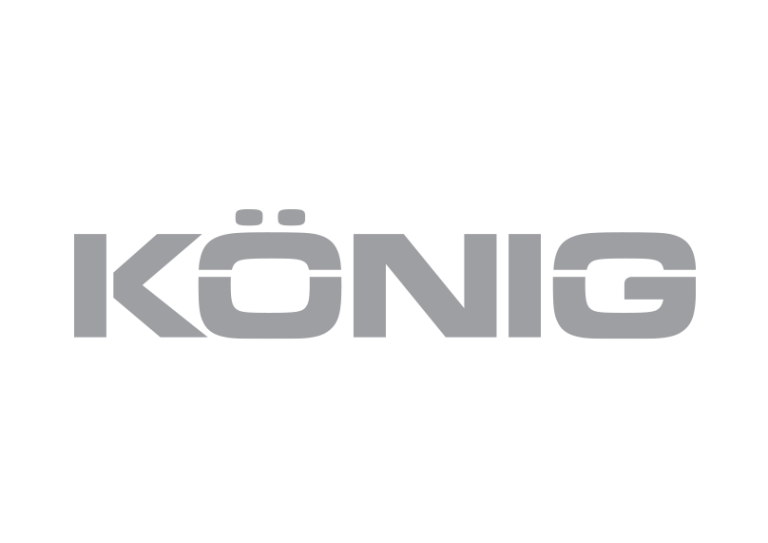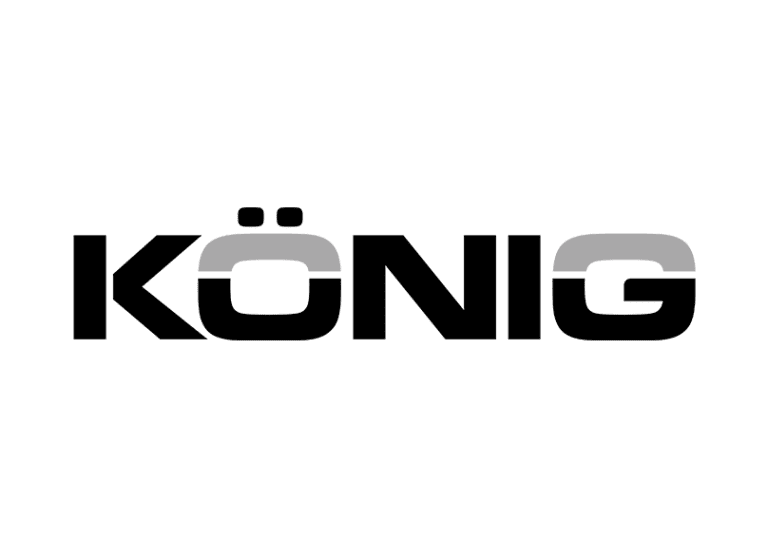Winter brings icy roads and heavy snowfalls, making safe travel essential. Snow chains are an indispensable accessory for those who drive on snowy or icy surfaces, but that’s not all: sometimes it is simply necessary to comply with the legal requirements of the place where you intend to travel. But how can you tell if a product really complies with the law?
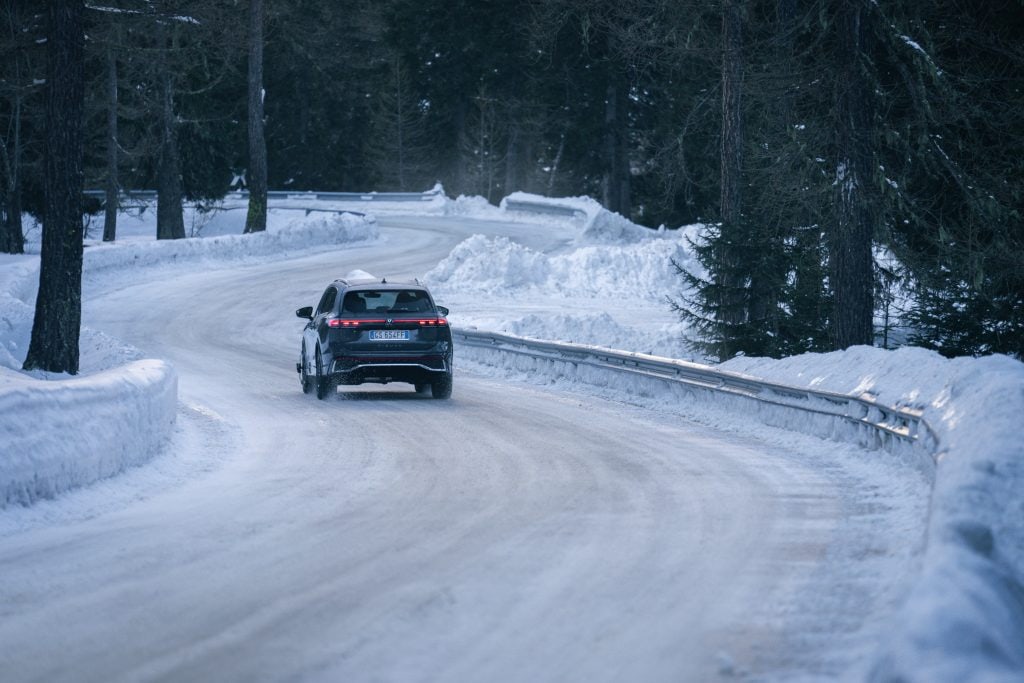
In this article, you will find out everything you need to know about European regulations, approvals and certifications for snow chains, with a focus on König snow chains.

European regulations on snow chains
The rules on the use of snow equipment vary from country to country. In many European countries, the requirement for winter equipment is established by local ordinances, which are only valid for certain road sections. Here is an updated overview:
🇦🇹 Austria
🕓 Mandatory: 1 November – 15 April
✅ Required: winter tyres mandatory on snow-covered roads; snow chains if indicated.
🇧🇪 Belgium
🕓 Requirement: none in general
✅ Required: chains only when indicated; recommended in the mountains.
🇧🇬 Bulgaria
🕓 Mandatory: 1 November – 1 March
✅ Required: winter tyres mandatory; chains if necessary.
🇭🇷 Croatia
🕓 Mandatory: 15 November – 15 April
✅ Required: winter tyres or chains.
🇨🇿 Czech Republic
🕓 Mandatory: 1 November – 31 March
✅ Required: winter tyres mandatory, snow chains only on snow-covered or icy roads, or where indicated by the blue sign “Sněhové řetězy”.
🇪🇪 Estonia
🕓 Mandatory: 1 December – 1 March
✅ Required: winter tyres mandatory, snow chains permitted only on snow-covered or icy roads.
🇫🇮 Finland
🕓 Mandatory: 1 November – 31 March
✅ Required: winter tyres mandatory under appropriate conditions.
🇫🇷 France
🕓 Mandatory: 1 November – 31 March (in alpine areas)
✅ Required: snow chains mandatory where the “chaînes obligatoires” sign is displayed.
🇩🇪 Germany
🕓 Mandatory: in winter conditions
✅ Required: chains where indicated.
🇬🇷 Greece
🕓 Requirement: none in general
✅ Recommended: chains only in mountainous areas or where indicated.
🇮🇪 Ireland
🕓 Requirement: none in general
✅ Required: chains only in case of snow or ice.
🇮🇹 Italy
🕓 Mandatory: 15 November – 15 April (varies by region)
✅ Required: winter tyres or chains on board where indicated.
🇱🇻 Latvia
🕓 Mandatory: winter tyres from 1 December to 1 March
✅ Required: chains permitted only on snow-covered or icy roads.
🇱🇹 Lithuania
🕓 Mandatory: 10 November – 1 April
✅ Required: winter tyres mandatory, chains permitted only on snow-covered or icy roads.
🇱🇺 Luxembourg
🕓 Mandatory: winter tyres mandatory in case of snow or ice, no fixed period
✅ Required: chains only on snow-covered or icy roads.
🇳🇱 Netherlands
🕓 Mandatory: use of winter or all-season tyres
🚫 Note: snow chains are not permitted on public roads.
🇵🇱 Poland
🕓 Mandatory: winter tyres recommended
✅ Required: chains permitted only on roads covered with snow/ice or if indicated by the blue sign “Łańcuchy śniegowe”.
🇵🇹 Portugal
🕓 Requirement: no general requirement
✅ Required: snow chains only in mountainous areas or where indicated.
🇷🇴 Romania
🕓 Requirement: winter tyres mandatory from 1 November to 31 March; chains recommended in case of heavy snowfall
✅ Required: vehicles over 3.5 t must have chains on board and use them when indicated.
🇸🇰 Slovakia
🕓 Mandatory: winter tyres mandatory in case of snow/ice from 15 November to 31 March
✅ Required: snow chains must be carried on board and used when indicated by road signs or weather conditions.
🇸🇮 Slovenia
🕓 Mandatory: 15 November – 15 March
✅ Required: winter tyres or snow chains fitted.
🇪🇸 Spain
🕓 Mandatory: only in mountainous areas or where indicated
✅ Required: chains required where indicated.
🇸🇪 Sweden
🕓 Mandatory: winter tyres from 1 December to 31 March (depending on weather conditions)
✅ Required: equivalent chains are permitted for heavy vehicles; chains recommended in case of snow.
🇨🇭 Switzerland
🕓 Mandatory: only where indicated (mountain areas, Alpine passes)
✅ Required: if the sign requires it, only chains are permitted.

Always check the local regulations of the country where you are driving (e.g. Austria, Switzerland, Italy) because technical approval does not automatically guarantee that the device complies with the regulations governing winter traction devices in that specific area.
Snow chain approvals: what they mean
Approved snow chains must comply with specific European technical standards, which guarantee their safety and compatibility with different types of vehicles.
When it comes to safety and compliance, it is essential to understand the link between national regulations and product standards:
- National regulations define the conditions, locations and time periods in which certain devices must be used.
- Technical standards define how the product must be manufactured in order to comply with legal requirements.
The main approvals recognised in Europe are:
EN 16662-1:2020
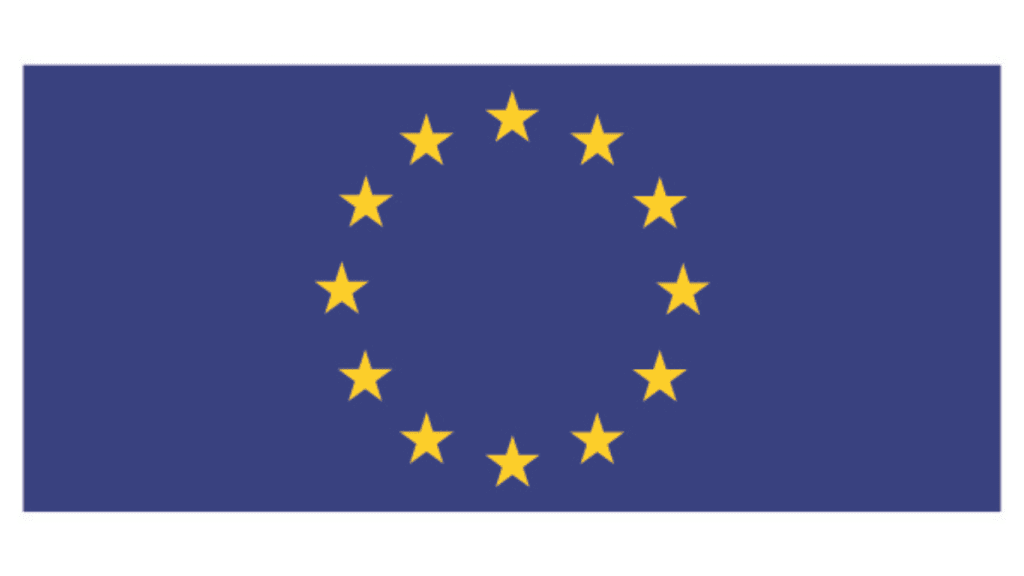
Introduced in 2020, this is the new European standard that unifies the safety and performance requirements for all supplementary traction devices (snow chains, textile and hybrid traction systems). It is the reference approval for driving in all EU countries, except Austria, which requires chains to be certified to Ö-Norm V5117.
The vehicles covered by EN 16662-1:2020 are
- M1: passenger cars with up to 9 seats
- N1: trucks with up to 3.5 tonnes
- O1/O2: light trailers
Ö-Norm V5117
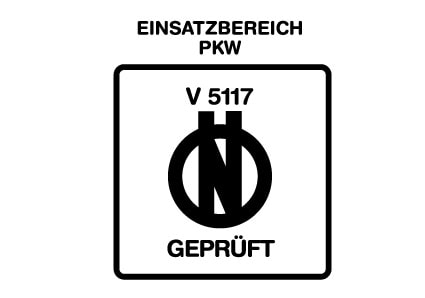
This is the Austrian standard, one of the most stringent in Europe, relating solely to metal devices. Ö-Norm V5117 certified chains are also recognised in Germany, Switzerland and most of the European Union.
The vehicles covered by Ö-Norm V5117 are:
- M1: passenger cars with up to 9 seats, including the driver
- N1: trucks up to 3.5 tonnes
- O1/O2: light trailers
Ö-Norm V5119
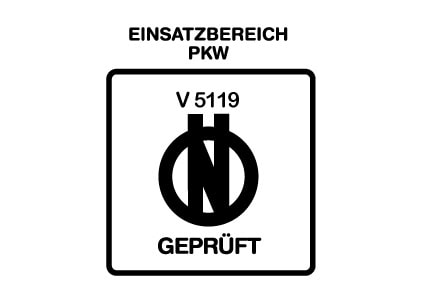
Ö-Norm V5119 is an Austrian standard for snow chains for heavy vehicles. It ensures that chains offer sufficient traction and resistance on snow and ice and that they comply with certain quality control procedures during production.
It also establishes minimum safety and quality requirements for Professional snow chains intended for heavy vehicles (greater than 3.5 t) or passenger transport (>9 seats, including the driver):
- N2, N3: trucks with a total mass exceeding 3.5 tonnes
- M2, M3: buses carrying more than 9 passengers, including the driver
- O3, O4: heavy trailers
Here are the main differences between Ö-Norm V5117, Ö-Norm V5119 and EN 16662-1:2020
Ö-Norm V5117
Sets the Austrian gold standard for metal snow chains for light vehicles in classes M1, N1, O1, O2 (cars with up to 9 seats and light trucks up to 3.5 t). It defines:
- The requirements for the materials and components to be used,
- Production criteria in accordance with controlled industry standards
- The specific tests to which the products must be subjected.
EN 16662-1:2020
European standard covering supplementary traction devices (STDs) for passenger cars, SUVs and light commercial vehicles (categories M1, N1, O1, O2).
- Defines the use of materials, not necessarily metallic, provided they have high mechanical strength with components designed to resist wear and corrosion;
- It also establishes detailed safety requirements, compatibility with tyres and vehicles, as well as uniform and reliable performance on snow-covered and icy surfaces, with specific slope tests.
It should be noted that EN 16662-1:2020 does not provide for production control procedures, which are instead provided for in the Ö-Norm V5117 standard.
Ö-Norm V5119
This standard defines the requirements and tests for snow chains intended for use on vehicles in classes N2, N3, M2, M3, O3 and O4.
The standard establishes specific requirements for snow chains intended for heavy vehicles, which must withstand greater loads and comply with different dimensional and structural requirements than those for light vehicles. The main objective is to ensure that the chains provide sufficient grip on snow-covered or icy surfaces in order to guarantee road safety.
Some products in the König range, such as the König XG-12 PRO, König XB-16 and König XD-16, are certified according to Ö-Norm V5117, EN 16662-1 and Ö-Norm V5119, thus meeting all legal requirements for winter equipment for both light vehicles (under 3.5 t) and heavy vehicles (over 3.5 t total weight).
Some products in the König Professional range are not certified according to Ö-Norm V5119, as their intended application classes do not fall within the categories covered by this standard. These include:
- König DRS, designed for earth-moving and agricultural machinery, and therefore not belonging to classes M2, N2 or O2;
- König Cingoli and König Cingoli X-PRESS Plus, as they are completely modular systems;
- König Supertractor and König A-Tractor, designed for agricultural machinery and therefore not belonging to classes M2, N2 or O2;
- König Load Master, designed for forklifts, not belonging to classes M2, N2 or O2;
- König Rallye SV, designed for special-purpose vehicles, and therefore not belonging to classes M2, N2 or O2.
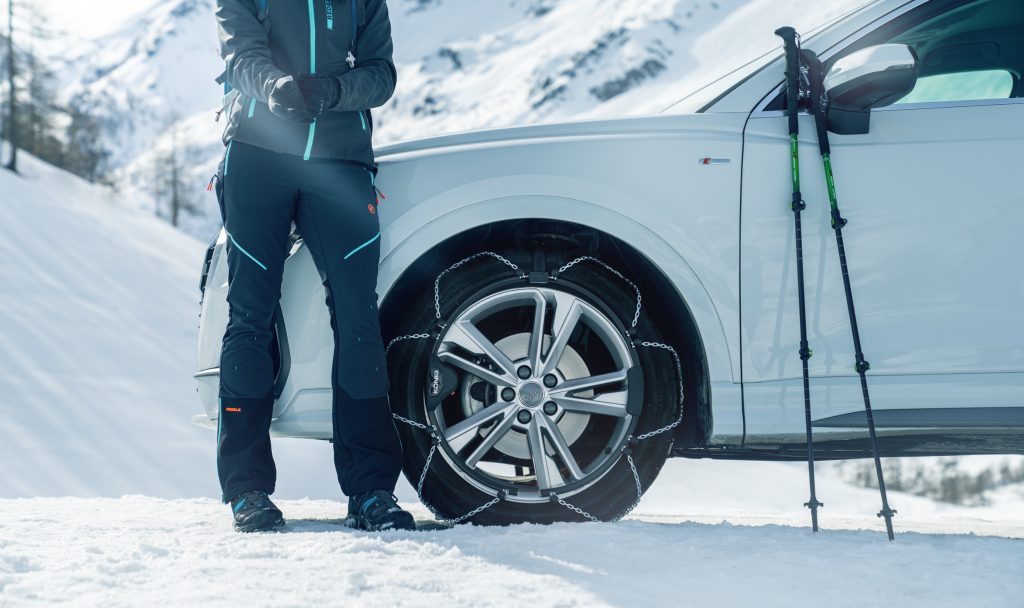
Technical requirements and mandatory marking
The Ö-Norm V5117 and EN 16662-1:2020 standards define the target vehicles, construction specifications and materials, strength requirements and mandatory marking on the product and packaging.
Marking on the product and packaging is a fundamental part of the technical standards as it guarantees the possibility of control by the competent authorities: the unique marking of the product and packaging allows the authorities to trace the type-approval certificate number to verify whether the product complies with the reference standards according to the vehicle class and therefore whether it can circulate regularly when winter equipment is mandatory.
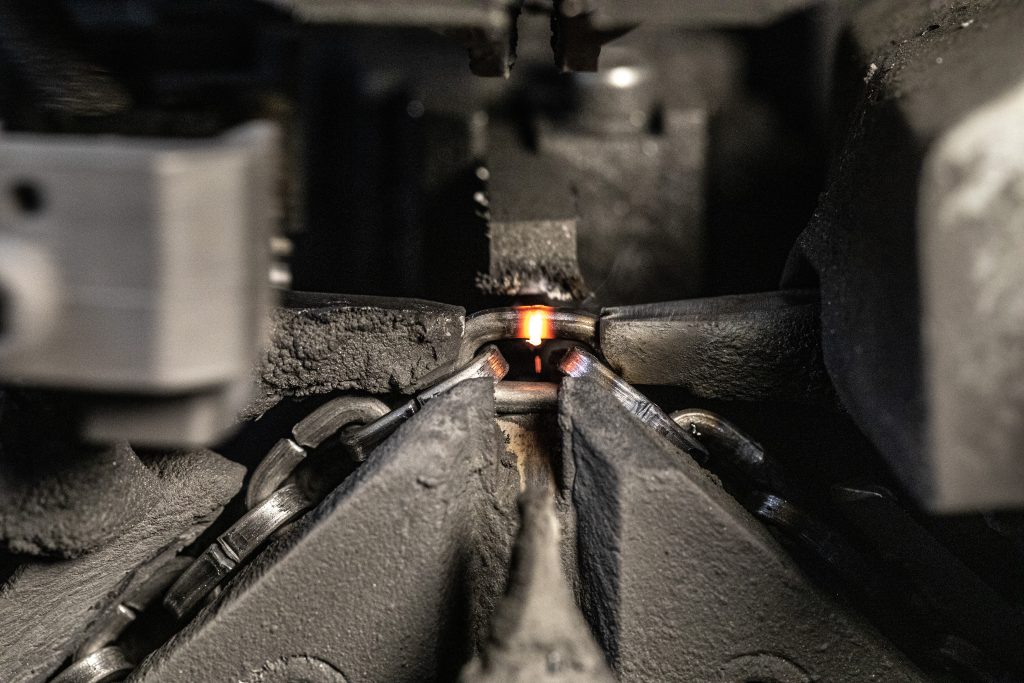
König snow chains: synonymous with quality and compliance
All König snow chains fully comply with Italian and European regulations. The models in the range are certified to Ö-Norm V5117 and EN 16662-1:2020, while some chains for heavy vehicles (such as the König XG-12 Pro, König XD-16, König XD-16 Pro and König XB-16) are also approved according to Ö-Norm V5119, which defines the safety and resistance requirements for devices intended for industrial and heavy-duty vehicles.
König Professional products certified according to Ö-Norm V5119 include:
- For off-road vehicles: König Polar HD, König Polar, König Rallye HD, König Rallye and König Rallye D
- For buses: König K-Summit Pro and König Coach Master
- For trucks: König Polar Pro, König Rallye Pro HD, König Rallye Pro, König Rallye Pro D, König Rallye Pro D Plus and König TM-7
- For snowploughs: König Super Impact, König Impact, König DR and König DR Light
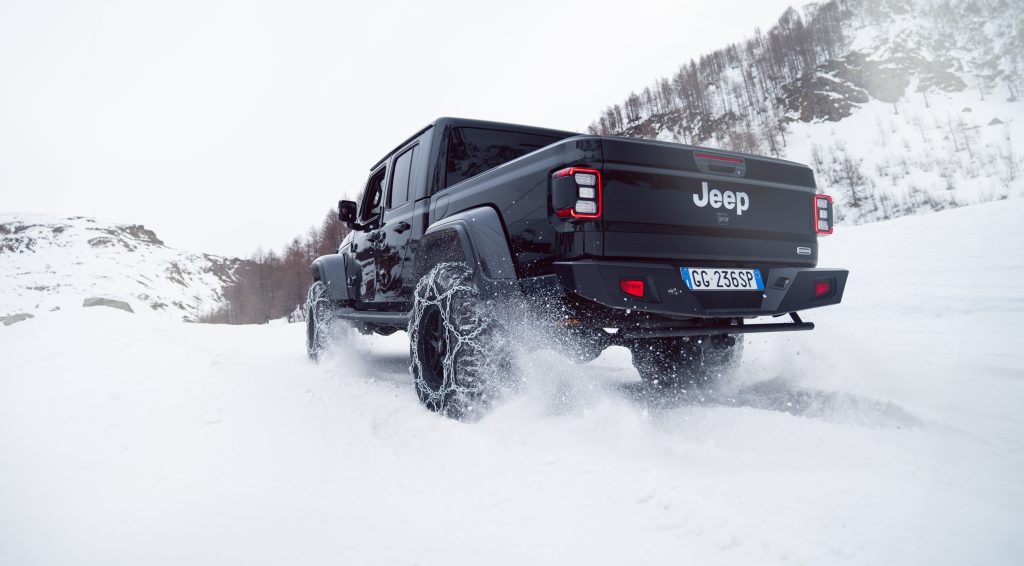
Verification of approval
You can easily check the marking on the product or packaging:
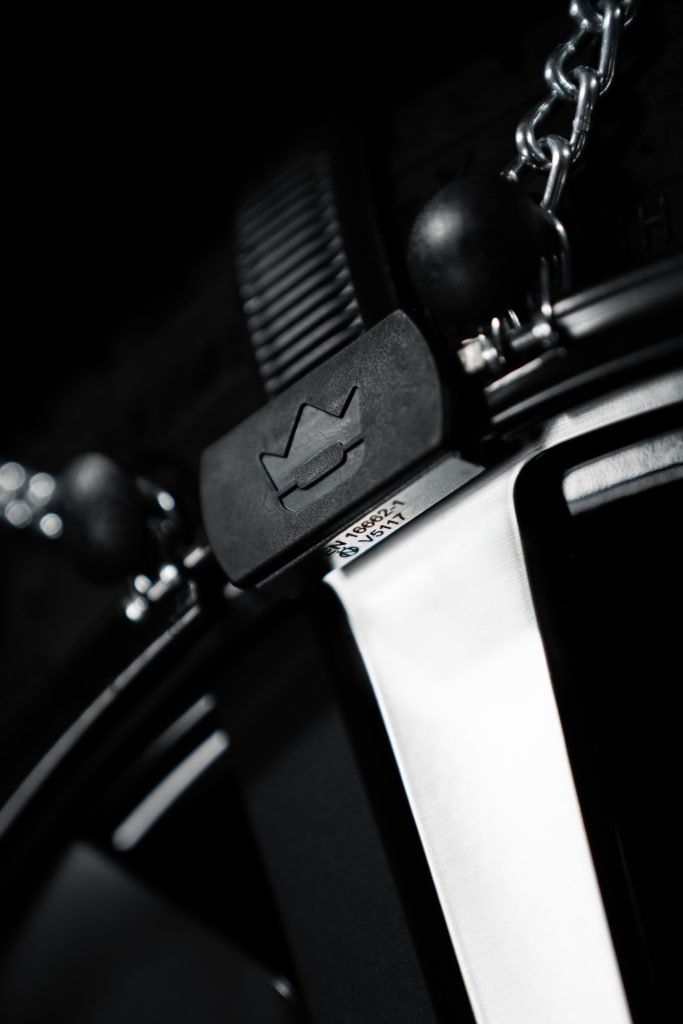
- On products in the External family (König K-Summit), the V5117 and EN16662-1-2020 markings are stamped on the central body of the chain;
- On products in the Intuitive family (König Reflex), the V5117 and EN16662-1-2020 markings are stamped on the outer cover of the bypass and at the junction between the bypass and the rigid arch;
- On products in the Intuitive family (König Easy-fit), the markings V5117 and EN16662-1-2020 are stamped on the pedal slider;
- On products in the Automatic and Manual families, the markings V5117 and EN16662-1-2020 are stamped on the external chain lock.
The Ö-Norm V5119 also requires that the product be marked, allowing its identification during inspections carried out by the competent authorities.
Depending on the specific König snow chain model, the marking appears on different components:

- On Professional snow chains with external fitting (K-Summit Pro), the marking is stamped on the tension wheel housing;
- On Professional snow chains with intuitive fitting (Coach Master), the V5119 marking is shown on the tag located near the chain-locking device;
- On Professional snow chains with traditional fitting, the V5119 marking is stamped on the tension lever.
Is it mandatory to have both approvals (EN and Ö-Norm)?
In general, no, it is not necessary to have both.
If you have a product approved according to EN 16662-1:2020, this is sufficient in many EU countries. In Austria, the device must be approved according to Ö-Norm V5117 for cars with up to 9 seats, light trailers or trucks up to 3.5 t, or according to Ö-Norm V5119 for trucks with a total mass of over 3.5 t, buses with more than 9 seats or heavy trailers.
Conclusion
Choosing approved and certified snow chains is a guarantee of safety, performance and compliance with European regulations. König products, tested and certified according to the latest standards, offer reliability and peace of mind for the winter season.
